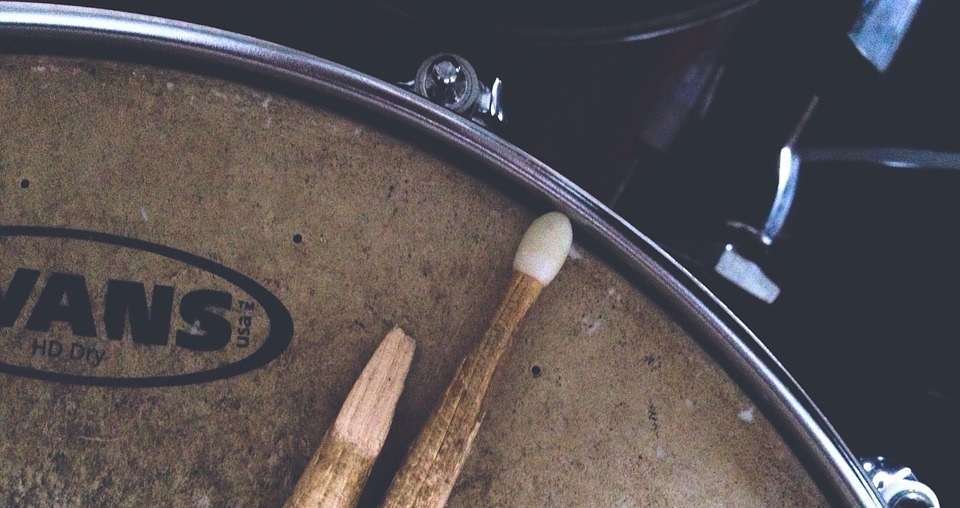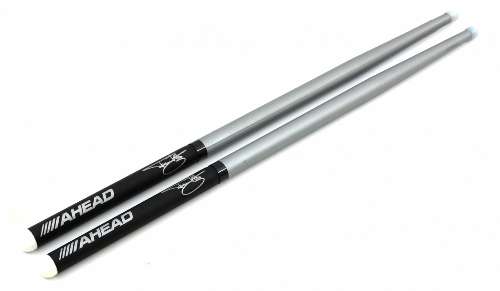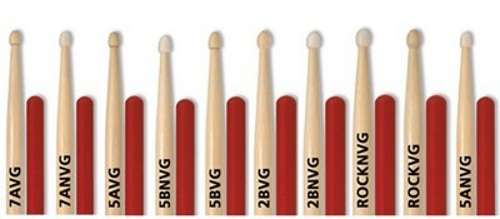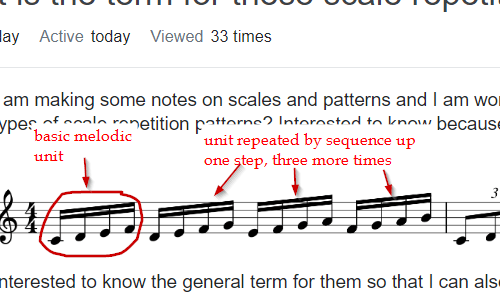
Which drum sticks should you choose?
The topic of drum sticks is quite a broad issue. In order to finally consider a given size, shape or color as “your” one has to test as many of them as possible. However, it is often difficult, especially for less experienced drummers, to find themselves in the labyrinth of names, markings and symbols.

7A, 140C – what is it all about?
Percussion sticks can be classified according to:
• raw material from which they were made
• thickness
• type of head
• length
• destination
stuff
The most common material used in the production of clubs is hickory. This type of wood is characterized by high durability and with proper use, a set of hickory sticks can be used for a long time. Other popular materials are oak, birch, maple, hornbeam.
Information on what a given set of sticks is made of should be found directly on the sticks or on the packaging. Of course, in the case of foreign brands, English nomenclature is used.
In addition to traditional wooden sticks, there are also ones made entirely of plastic on the market. These are three-piece sticks consisting of a cap core and a tip. The big advantage is that the cap and the tip are replaceable elements.

Cracking of the batons
It should be emphasized that the breakage of sticks is not always related to improper manufacture. Often times, bad work of the hands, and more specifically the wrists, causes them to break quickly. Therefore, beginner drummers most often face this problem. A lot of snare drills should eliminate this problem once and for all.
The thickness of the sticks
The thickness of the sticks is marked with a number, while the letter corresponds to the type of the head – e.g. 7A, 2B. The lower the number, the thicker the stick is. However, it should be noted that, depending on the company, a given number may mean a slightly different thickness.
Polish producers use different markings, e.g. 135C, 140D. In this situation, the larger the number, the thicker the stick is, while the letter, as before, corresponds to the type of the head.
Thicker sticks are more durable and heavier, which is why they are often chosen by drummers playing aggressive musical genres – metal, punk, noise, hard-core. Thin sticks are used, for example, in jazz.
The head of the stick
The head of the stick, depending on the shape, differentiates the sound. The teardrop-shaped heads make the cymbals sound a bit heavier, while the small round heads bring out more of the treble, while the large round heads give a heavy, fleshy sound to the heads. Apart from the wooden heads, there are also nylon heads. They cause a sharp, bright sound and are more durable. What distinguishes them from wooden sticks is the element of reflection.
An equally important issue from the above mentioned is the length of the sticks. It is believed (though not always the case) that drummers with long arms should use short sticks and vice versa.

Summation
It is also worth testing signed batons. These are sticks designed by more or less famous drummers. The execution of such sticks may be unconventional, but it is precisely because of this that they best suit our tastes.
Undoubtedly, the choice of sticks is an individual matter. First of all, they should be comfortable – not too heavy, not too light, not too thin, not too thick. The best solution is a trip to a music store and daring rehearsals on a pad, snare drum or kit. For more freedom of testing, you can also buy several sets of different brands and sizes at a time, then spend a lot of time playing with all sets, thus looking for sticks that perfectly match our preferences.





